What use is that epic CD collection if you can’t get it on your computer? Most of us use iTunes to import CDs, but you’re probably only reading this if it isn’t working properly!
Lots of users have problems when trying to upload CDs to iTunes. It can fail for a few different reasons, and the exact symptoms can differ as well, making it hard for you to find the right solution.
But don’t worry, you’re in the right place now. Whether iTunes can’t locate the CD Configurations folder or if it doesn’t recognize your disc at all, we’ve got the answers.
We filled this post with the best (and sometimes most unexpected) tips from all across the internet. Your iTunes library will be fit to burst by the time you’re done here.
Contents
- 1 Quick Tips
- 2 Potential problems with iTunes
- 3 How do I import a CD into my iTunes library?
- 4 Why won’t iTunes open or import a CD?
- 5 What can I do when iTunes won’t open or import my CD?
- 5.1 1. Restart your computer and iTunes
- 5.2 2. Hold spacebar while you open iTunes
- 5.3 3. Tell iTunes not to retrieve track names automatically
- 5.4 4. Turn off error correction for imports
- 5.5 5. Try a different CD or a different disc drive
- 5.6 6. Update your operating software and reinstall iTunes
- 5.7 7. Open iTunes directly from your Program Files (Windows only)
- 5.8 8. Change your disc drive to a different letter (Windows only)
- 5.9 9. Ensure your CD Configuration folder is on the right drive (Windows only)
- 6 Reader Tips
Quick Tips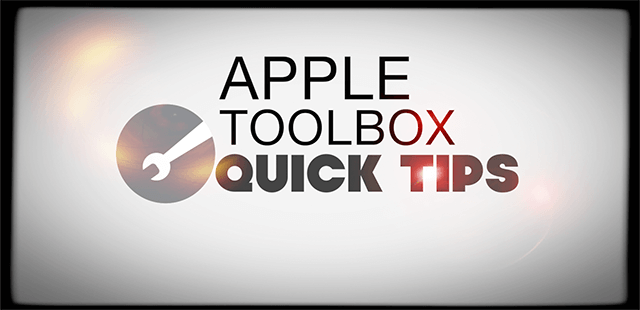
Try these quick tips if you can’t import CDs to iTunes or read the full post for more details:
- Restart your computer and iTunes.
- Hold spacebar while you open iTunes.
- Tell iTunes not to retrieve track names automatically.
- Turn off error correction for imports.
- Try a different CD or a different disc drive.
- Update your OS and reinstall iTunes.
- Open iTunes directly from your Program Files (Windows only).
- Change your disc drive to a different letter (Windows only).
- Ensure your CD Configuration folder is on the right drive (Windows only).
Related:
- How to find and delete duplicate songs in iTunes
- iTunes not recognizing iPhone XS or iPhone XR on Windows?
- iPhone is not connecting to a computer, how-to fix
- How to sync music across devices using iCloud Music Library
Potential problems with iTunes
When iTunes won’t import your CD you might also get any of the following problems:
- iTunes rapidly switches between the CD and your library in a “strobe light” effect.
- iTunes recognizes the CD but says the “disc cannot be found.”
- The CD is not recognized at all, but when you quit iTunes, your computer finds it.
- You see the error “iTunes cannot locate CD Configurations folder.”
We’ve got solutions for all these problems below. Follow them step by step to fix iTunes and import your CDs. Then please let us know in the comment which trick worked for you!
How do I fix it when iTunes cannot locate the CD Configuration folder?

This error appears when the CD Configuration folder has been installed in the wrong drive on your PC.
Look for the CD Configuration folder in [Drive Name:]/Program Files/iTunes for each of your computer drives. When you find it, copy the folder to the correct drive.
We’ve written more about this below.
How do I import a CD into my iTunes library?
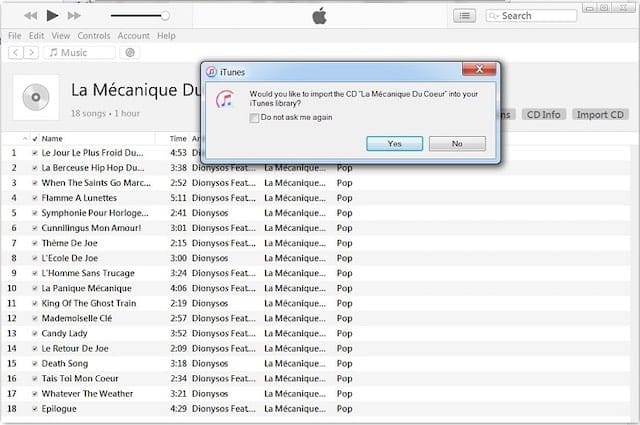
Let’s start by making sure you know how it should go. If everything is working correctly, this is how you import CDs to your iTunes library.
Try this method one more time before moving on.
- Open iTunes on your Mac or PC and insert the CD into your disc drive.
- If the CD information doesn’t appear, click the CD Icon near the top left.
- If you want to import all songs, click Yes in the window that appears.
- Otherwise, click No and untick the songs you don’t want to import.
- Click Import CD near the top right and choose your import settings.
- Click OK and wait for your CD to finish importing, it should take about 10 minutes.
What is the best format for importing CDs into iTunes?
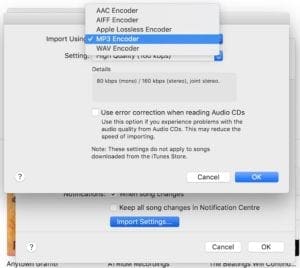
MP3 is normally the most convenient format to store music in. It’s small in size and widely recognized. If you want full quality audio, you should choose WAV or AIFF. These uncompressed formats make the largest file sizes but don’t lose any quality.
Whether you can actually hear a change in audio depends on what you listen to music through and how well-trained your ears are. Most people can’t notice any difference, certainly on tiny earbuds.
The format you choose shouldn’t affect whether iTunes can upload your CD to iTunes or not. But it’s a good idea to make sure your songs are the right format for when it does work.
How do I choose which format my CD imports using:
- Open iTunes on your Mac or PC.
- Go to Preferences > General > Import Settings….
- Click the Import Using: drop-down box and choose the format you want.
- Click OK.
Why can’t I import MP3 audio files into iTunes?
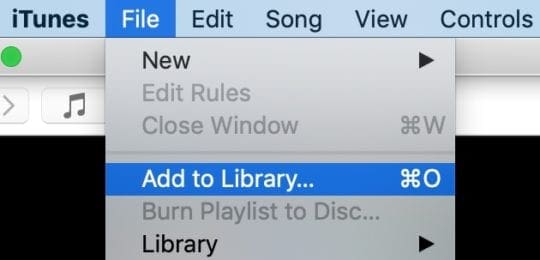
An MP3 file won’t import to iTunes if it is corrupt or copy-protected. It also won’t import if you use the wrong method.
From the iTunes menu bar, go to File > Add to Library… and select the files you want to import to your library. The following formats should be compatible with iTunes:
- MP3
- AAC
- AIFF
- WAV
- Apple Lossless
How do I transfer songs from CD to iPhone?

First, you need to import songs from a CD to your iTunes library. Then you can sync those songs to your iPhone using iTunes.
- Open iTunes on your Mac or PC.
- Unlock your iPhone and connect to your computer using a USB cable.
- If prompted, choose to Trust This Computer.
- Click the iPhone Icon near the top left to see your iPhone Summary page.
- Go to Music in the sidebar and tick boxes next to the songs you want to sync.
- Click Sync near the bottom right and wait for the sync to complete.
- You can find the songs in the Music app on your iPhone.
How do I transfer a CD to my iPhone without iTunes?
Apple designed iPhones to work best with iTunes. However, if you prefer to avoid iTunes, there are third-party apps that also let you sync and play music.
For example, if you import songs from a CD and store them in a cloud service like Dropbox, you can then play those songs from the Dropbox app on your iPhone. This is also possible with other cloud services like Google Drive.
Why won’t iTunes open or import a CD?

There are a few reasons iTunes might not open or upload a CD. It could be a problem with your software — which we’ve explained how to troubleshoot below — or it could be an issue with the CD or disc drive itself.
If the disc is scratched or damaged, it may be unreadable by your computer. Clean it with a dry, lint-free cloth before reinserting it into your disc drive. You can also run CD diagnostics through iTunes.
From the menu bar, go to Help > Run CD Diagnostics. Choose CD Diagnostics and follow the prompts that appear.
What can I do when iTunes won’t open or import my CD?
Follow the troubleshooting steps below if iTunes can’t import your CD to the library. We’ve also included some Reader Tips at the bottom.
1. Restart your computer and iTunes
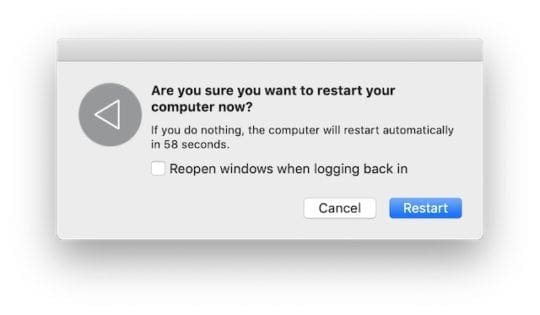
Restarting your computer can often be a quick and easy way to fix problems with iTunes. You should first close down any apps, including iTunes, and remove the CD from your disc drive.
Choose to shut down from the menu bar on your computer or hold the power button until given the Shut Down option. Wait at least 30 seconds for your computer to fully power off before you switch it on again.
When your computer has started up again, launch iTunes, and then insert the CD into your disc drive. If that doesn’t work, close iTunes and put the CD in before opening iTunes.
2. Hold spacebar while you open iTunes
This bizarre suggestion has proven to be an effective solution for countless other readers. Close down iTunes, then hold the spacebar while you open it again.
We’re not sure whether this causes iTunes to launch in some kind of safe mode or whether it’s just one of those weird things. But hopefully you find you can import CDs to your library afterward.
3. Tell iTunes not to retrieve track names automatically
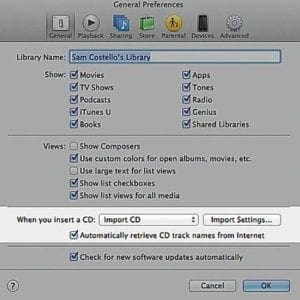
When you load a CD using iTunes, it automatically searches the Gracenote CD database to find the artist and track names for that album. This track name retrieval can be the cause of many problems, disabling it might help.
Unfortunately, that’s not possible in the current version of iTunes. However, if you have an older version, you can turn the feature off below.
- Launch iTunes and select Preferences… from the menu bar.
- Go to the General tab.
- Uncheck the box that says Automatically retrieve CD track names from the internet.
- Click OK, close the Preferences and restart iTunes.
4. Turn off error correction for imports

You can choose to check CDs for errors as they import to iTunes. This process should result in a cleaner sounding music library, but it can also greatly slow down or impede importing.
It normally takes about 10 minutes to import an entire CD to your iTunes library. If your imports take longer than this or don’t make progress at all, turn off error correction below.
- Launch iTunes and select Preferences… from the menu bar.
- Go to the General tab and click Import Settings….
- Uncheck the box that says Use error correction when reading Audio CDs.
- Click OK, close the Preferences and restart iTunes.
5. Try a different CD or a different disc drive
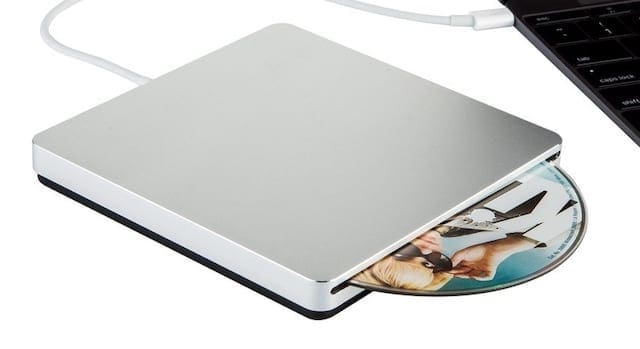
If you haven’t already, try importing a couple of different CDs to ensure there isn’t a fault with your disc. If another CD works, inspect your original for scratches, dirt, or other damage.
Make sure your disc drive is connected directly to the computer — don’t use a USB hub or other peripheral hub. These often cause problems with importing.
Finally, try to import your CDs using a different disc drive, if you have one. You can use other external disc drives, or take advantage of Apple’s Remote Disc feature to use the drive from other computers in your home.
6. Update your operating software and reinstall iTunes
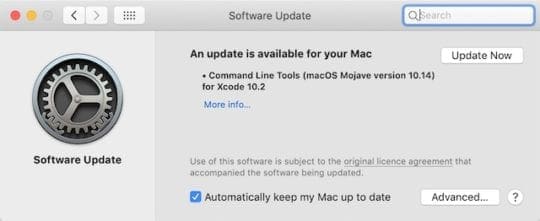
Out-of-date software often results in problems like iTunes failing to upload your CDs. Make sure your computer is running the latest version of iTunes with the most up-to-date operating software.
If that fails to help, consider reinstalling iTunes entirely.
How do I update the software and reinstall iTunes on my Mac?
- Click the Apple icon in the menu bar.
- Select About This Mac and then click Software Update….
- Wait for your Mac to search for updates, download and install any that it finds.
- This search includes operating software and iTunes updates.
- iTunes is baked into the operating software on a Mac; you can reinstall it following this guide on Apple’s website.
How do I update the software and reinstall iTunes on my Windows PC?
- Follow this guide on Microsoft’s website to ensure your PC is running an up-to-date version of Windows.
- Then follow this guide on Apple’s website to ensure you’re running the latest version of iTunes.
- Finally, follow this guide on Apple’s website to remove and reinstall iTunes and all its components.
7. Open iTunes directly from your Program Files (Windows only)
Don’t launch iTunes from a shortcut on your desktop. This shortcut could be corrupt or linking to an older version of iTunes. Instead, find iTunes in your Program Files from the Start menu on your PC and open it from there.
If this works, delete your desktop shortcut and create a new one from the working version of iTunes in your Program Files.
8. Change your disc drive to a different letter (Windows only)

On Windows, each drive is associated with a letter, for example:
Local Disk (C:)
CD Drive (D:)
Change the letter for your CD or DVD drive to something new. You can do this using the Drive Management function on Windows, here’s a guide explaining how to use it if you aren’t sure.
Avoid letters A–D as these are frequently used for other drives on your computer already and may cause other problems. Try changing the letter to something like (Z:) or (X:) instead.
Some users already changed the name of their disc drive to use other accessories — like external hard drives. In this case, return your disc drive to its default letter or change it to a new one again.
9. Ensure your CD Configuration folder is on the right drive (Windows only)

If iTunes won’t import CDs to your library, you might have received the following error message:
iTunes cannot locate CD Configuration folder.
This frustrating error has baffled hundreds of other iTunes users over the years. And we know how to fix it!
The CD Configuration folder has probably been created in the wrong drive on your PC, for example, on (C:) instead of (D:), and now iTunes can’t locate it. All you need to do is move the folder to the same drive iTunes opens from.
- Use Windows Explorer to look for iTunes installations on each drive. You should find them under [Drive Letter:]/Program Files/iTunes.
- If there are multiple copies of iTunes, one of them should have the CD Configuration folder with it: [Drive Letter:]/Program Files/iTunes/CD Configuration.
- Copy this folder and paste it into the correct iTunes folder on the drive you want to use instead.
- Restart iTunes.
Reader Tips

- For Windows Users:
- Change the drive letter on the optical drive. Once the letter is changed from A: to virtually anything else, such as Z: X: etc., iTunes will recognize the disc and work as usual.
- Check permissions on your iTunes library folder: by default, C:\Users\username\Music\iTunes.
- Turn off error correction. This makes it take longer to import CDs. Choose Edit > Preferences (Windows) or iTunes > Preferences > General and select Import Settings. If the “Use error correction when reading Audio CDs” checkbox is not selected, select it. If it’s already selected, deselect it. Insert the CD and import the songs again.
- Make sure your CD isn’t dirty or scratched. If it’s taking a long time to import a song (more than 10 minutes) from an audio CD, clean it and try importing again.
- Downgrade iTunes. If all else fails, you can downgrade to an earlier version of iTunes.
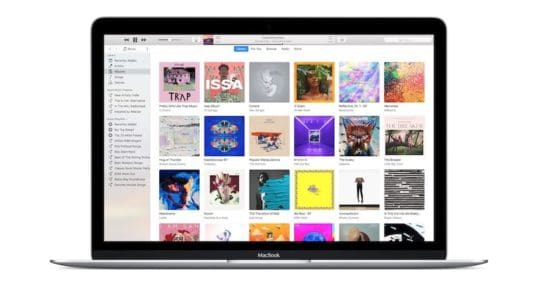
That should cover it! Let us know in the comments if iTunes can import your CDs now and what fixed it. You also might want to check out this guide to get rid of duplicate songs you may have imported.